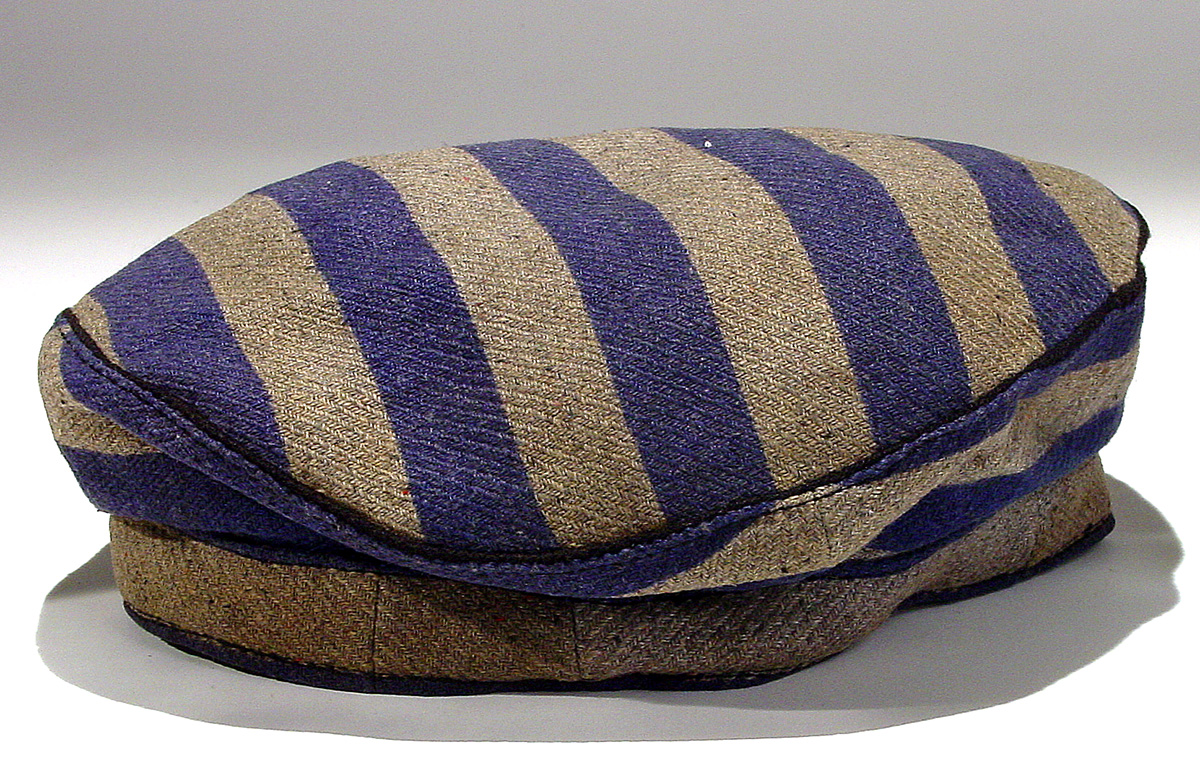Mauthausen was once known as a market town located approximately 12 miles east of Linz, Austria. It is also the site of one of the first and largest concentration camps established by Nazi Germany which grew to include dozens of sub-camps. KL Mauthausen was established shortly after the annexation of Austria into Nazi Germany, known as Anschluss Österreich. Construction began in August 1938, when the first prisoners were transported there from Dachau.

Liberation of Mauthausen, Two Liberated Young Brothers. 13 year-old Moshe and his young brother posing and saluting for Stanley Marcus, an American GI. Their mother, who died shortly before liberation, taught them Hebrew from a prayer book she secreted away. Gift of Stanley Marcus.
Known by the Reich Main Security Office as Knochenmühle – the bone-grinder – Mauthausen was a Grade III penal camp. It was intended to be among the most grueling slave labor camps, designed to punish those who were seen as enemies of the Third Reich.

The Todesstiege, or Stairway of Death, is one of the Holocaust’s more enduring symbols of Nazi brutality. 186 stone steps connected the Wiener Graben quarry to the main camp. Prisoners were forced to carry stones exceeding 100 pounds on their backs. Exhausted, falling and crushing deaths became routine.
Given the poor conditions, overcrowding, disease and grueling slave labor, the true death toll may never be known. It is believed between 123,000 – 320,000 individuals were murdered within the Mauthausen complex.
As Allied troops advanced across Europe, liberating the camps along their path, the SS engaged in efforts to hide evidence and eliminate the witnesses to their crimes. They evacuated prisoners from front line camps, transferring them to Mauthausen in an effort to prevent large numbers of the living being liberated by Allied forces. This created further overcrowding within Mauthausen, putting additional strain on limited resources. Thousands of prisoners died of starvation and disease as a result. During the last days of the camp’s operation, the SS engaged in mass murders, including massacres on April 20 and 28.
Across two days, May 5 and 6 1945, the 41st Reconnaissance Squadron of the U.S. 11th Armored Division, 3rd U.S. Army liberated the Mauthausen complex. U.S. Troops remained onsite caring for the nearly 40,000 prisoners found alive, arranging for burial of the dead and facilitating repatriation of those well enough to travel.

Mauthausen was the final camp liberated by Allied forces in advance of the Third Reich’s unconditional surrender on May 7, 1945. Victory in Europe was proclaimed on May 8 and is observed to this day.
In 1949 the site was designated as a public memorial by the Austrian government. Today the main camp is the site of the Mauthausen Memorial Museum. In honor of this 75th anniversary of liberation, we encourage you to experience their virtual tour.